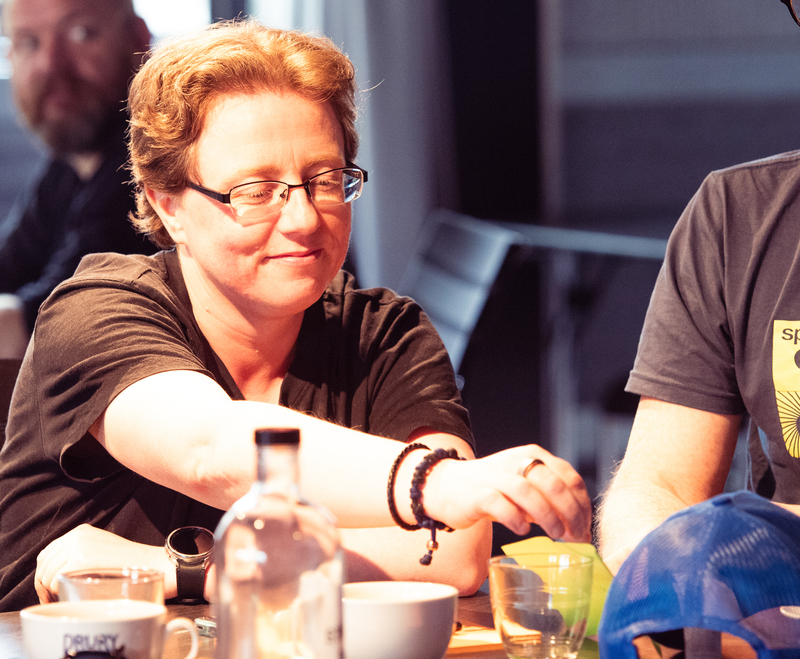
Researchers, research managers, and businesses can now find funding opportunities quickly and easily
We worked with Content Design London to build a new consolidated web presence for UKRI. We converted 10 websites into 1, making the content more accessible for users in the research community
UK Research and Innovation (UKRI) is made up of 7 research councils, Innovate UK, and Research England. Its main purpose is to invest in and encourage research and innovation across the UK.
To make information for users more accessible and consistent across all the organisations involved, UKRI decided to consolidate their existing web presence. That meant turning 10 websites into 1, and creating one, centralised funding finder where users can find all funding opportunities in one place.
Outcome
We worked with UKRI and Content Design London to build an accessible, responsive website for UKRI and the councils.
Researchers, research managers, and businesses can now find funding opportunities quickly and easily. The content from all websites has been consolidated so that everything is in one place, including council specific information and guidance. Previously funding opportunities and information were spread across the 10 websites and often duplicated.
Publishing processes for web managers at UKRI have been improved by using WordPress and the introduction of new publishing workflows. The UKRI web publishing team can also manage the ongoing transition of the legacy council websites onto the new site through the use of a repurposed GOV.UK transition tool.
What we did
We worked with UKRI on the alpha and beta phases of this project, identifying the following goals to help shape the development of the service:
- improve the experience of finding funding
- provide UKRI teams with the skills, tools, and capacity to transition the legacy council websites onto one website
- create high value content that meets user needs and is consistent across councils
- create one web presence for UKRI and the councils
- successfully transition ukri.org onto the new site
Funding
In alpha, we mapped the user journeys of researchers to understand problems with the current websites. We also identified ways we could improve the experience for those applying for funding. We designed a funding finder prototype based on our user research findings and iterated this during beta to make sure it met people’s needs.
We also worked closely with the UKRI funding service team, who were building a new funding application system, to share our findings and make sure the experience and metadata mapped across the 2 products.
We then created a new funding opportunity workflow and template. And tested these with both writers of funding opportunities and service users to make sure the right content was presented via the right channel.
Content design and strategy
We teamed up with Content Design London to draft a content strategy. The UKRI web team publishes web content from across the councils, everything from blog posts to funding guidance and policy documents. The team needed a robust content strategy to allow them to both accept and reject new content.
Content Design London held 2 workshops to draft a content proposition. In beta this was iterated and formed the starting point for new content workflows.
In alpha, we created content transition plans, reviewing content by theme and what users needed from the website. From here we made decisions about whether to redesign content, keep it as it is or archive it. We used Google Analytics data and user research to make our decisions. In beta, we turned these content transition plans into a backlog of work for the content designers to begin work on, prioritising the high value content first.
Councils
Our user research in alpha showed us that users of the current sites tend to think in terms of councils. For the new website to work, we needed to make it simple to find both UKRI content and council specific content.
We did card sorting to test our hypotheses about how users group and find content. From here we drafted a version of the information architecture on the website and iterated based on user research in beta.
As our understanding grew, we were able to begin investigating what a council area of the site might look like. We identified what the user needs were and held ‘how might we’ sessions to figure out potential solutions together. These ideas turned into prototypes and eventually features on the new site.
Transitioning sites
We made a decision to transition content by theme, rather than by council. This meant we could consolidate content from across the councils, and reduce the amount of siloed or duplicated content. However, it also made the job of transitioning and redirecting sites more complex.
We decided to reuse the GOV.UK transition tool to manage the staggered transition of content. This gives UKRI a way of adding redirects maps, as well as using analytics to update or change them.
We also mapped out how users would navigate between the legacy and new website during the transition period. We identified issues and built features to mitigate them. Again, testing these features with users.
The new website is live and UKRI will continue to develop the site following further feedback and testing.